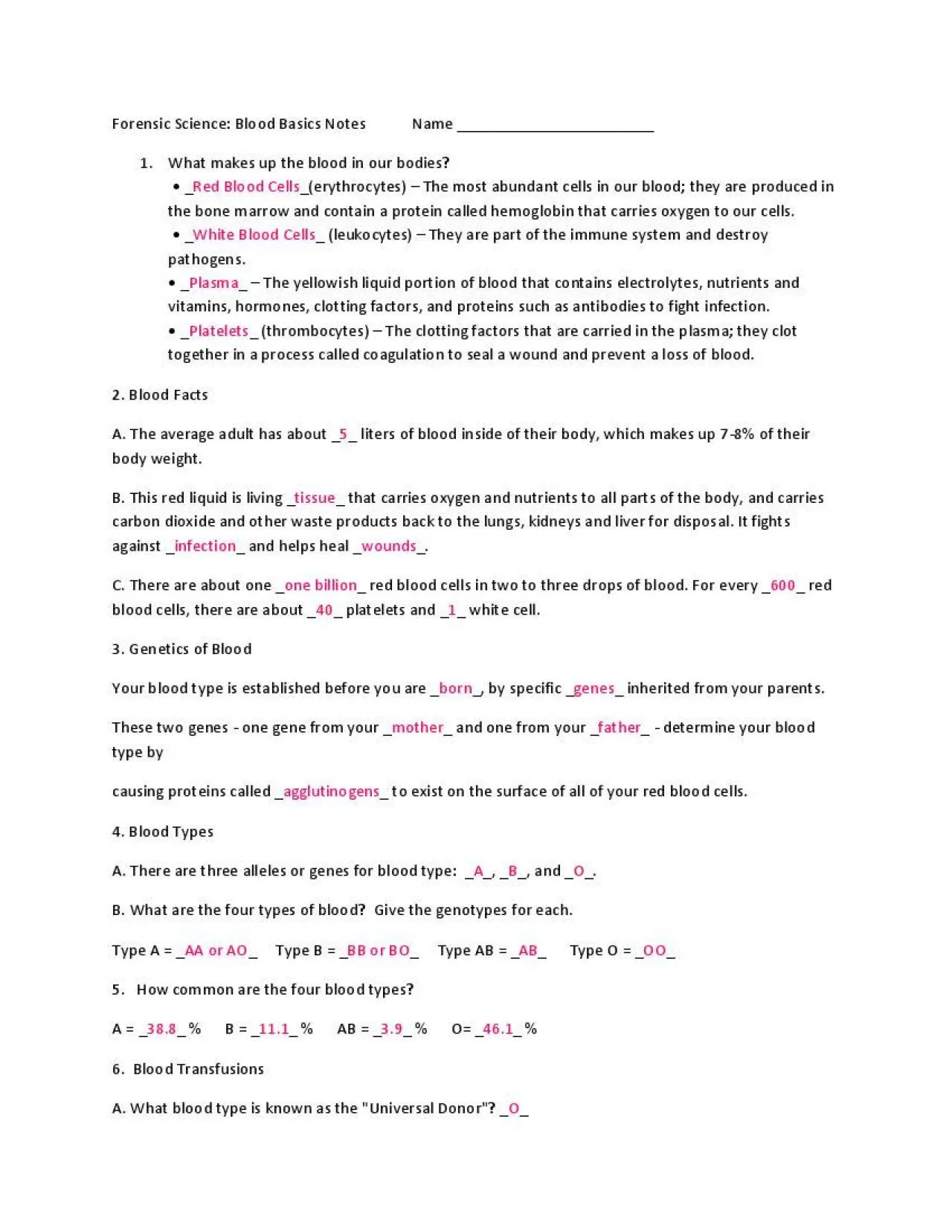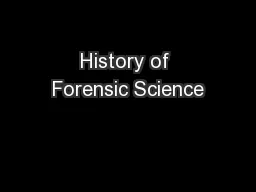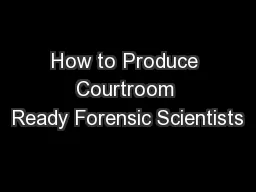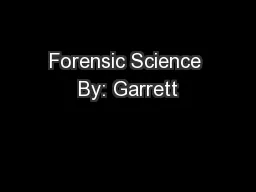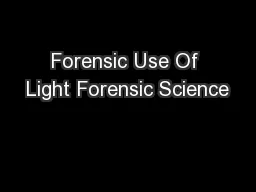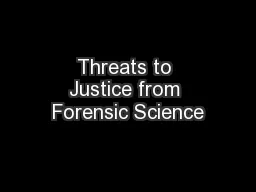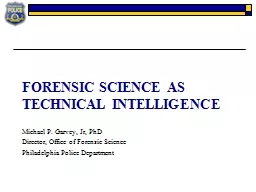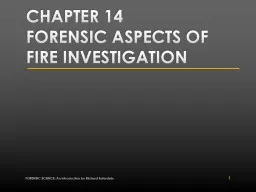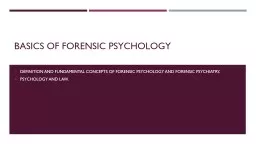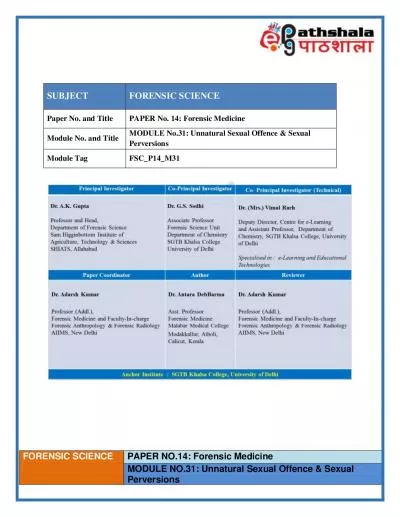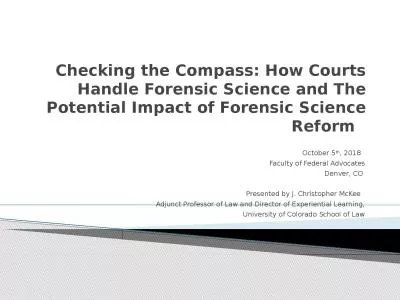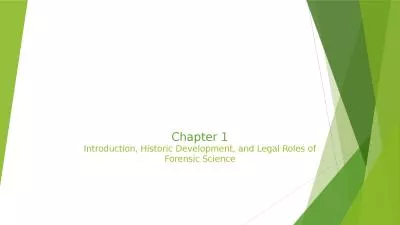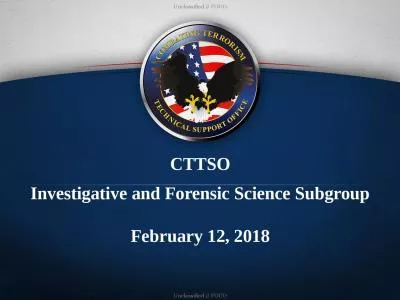PDF-Forensic Science Blood Basics Notes Name
Author : oryan | Published Date : 2021-10-04
1What makes up the blood in our bodies Red Blood Cellserythrocytes The most abundant cells in our blood they are produced in the bone marrow and contain a protein
Presentation Embed Code
Download Presentation
Download Presentation The PPT/PDF document "Forensic Science Blood Basics Notes ..." is the property of its rightful owner. Permission is granted to download and print the materials on this website for personal, non-commercial use only, and to display it on your personal computer provided you do not modify the materials and that you retain all copyright notices contained in the materials. By downloading content from our website, you accept the terms of this agreement.
Forensic Science Blood Basics Notes Name: Transcript
Download Rules Of Document
"Forensic Science Blood Basics Notes Name"The content belongs to its owner. You may download and print it for personal use, without modification, and keep all copyright notices. By downloading, you agree to these terms.
Related Documents

